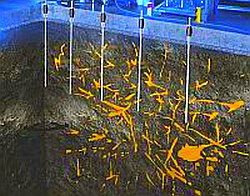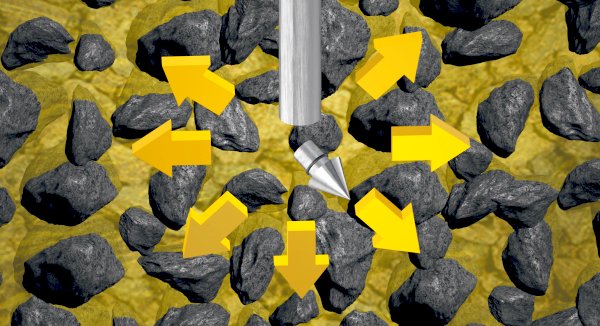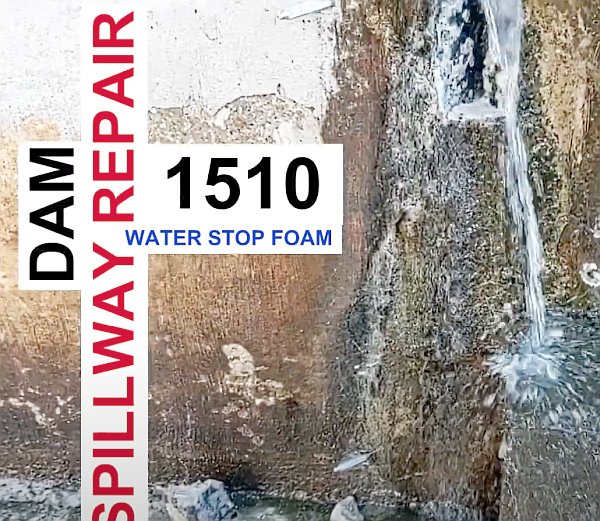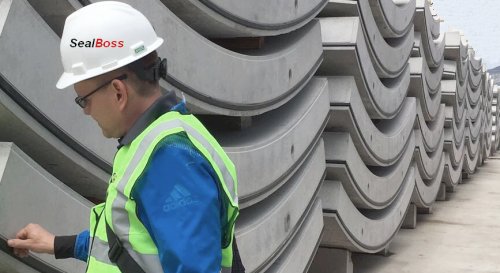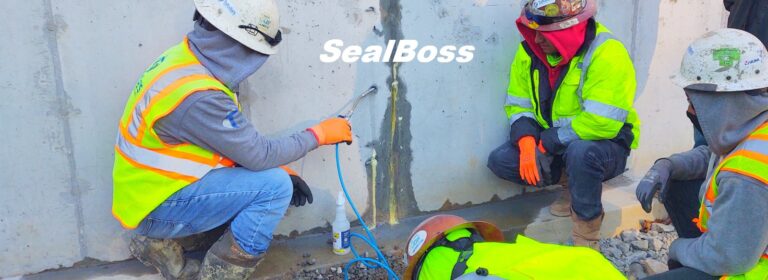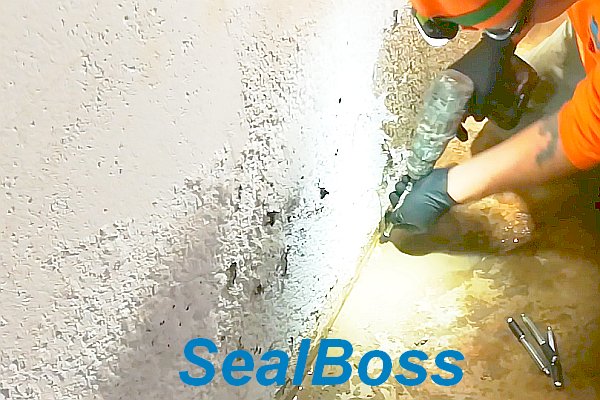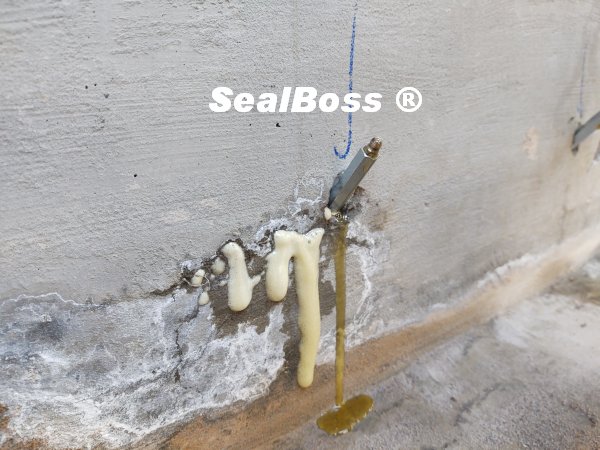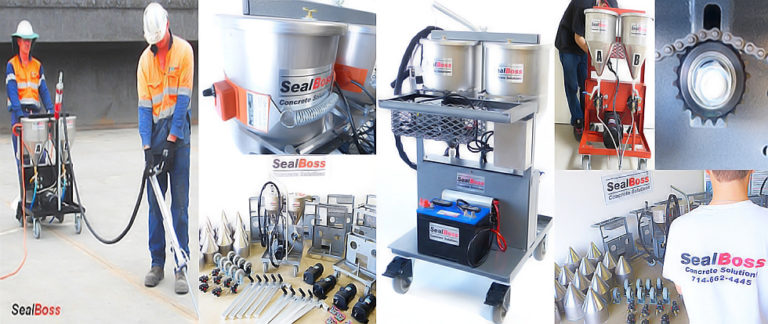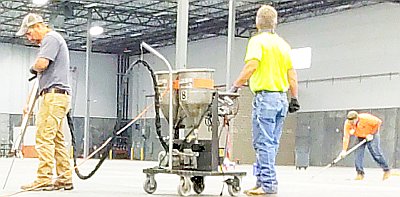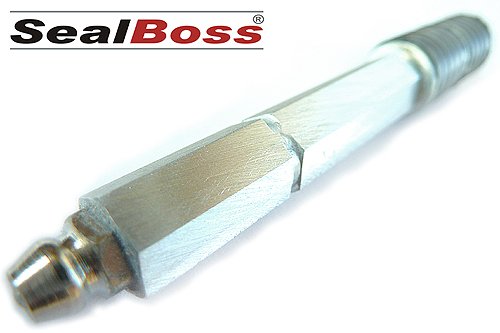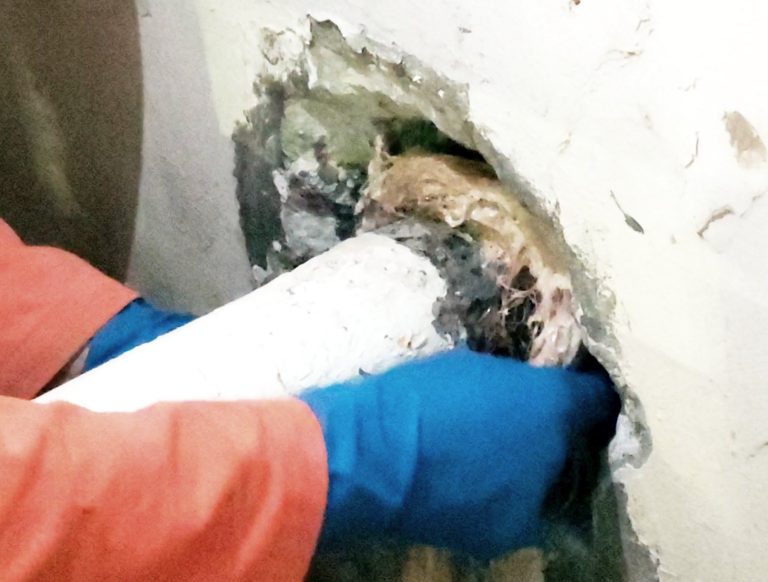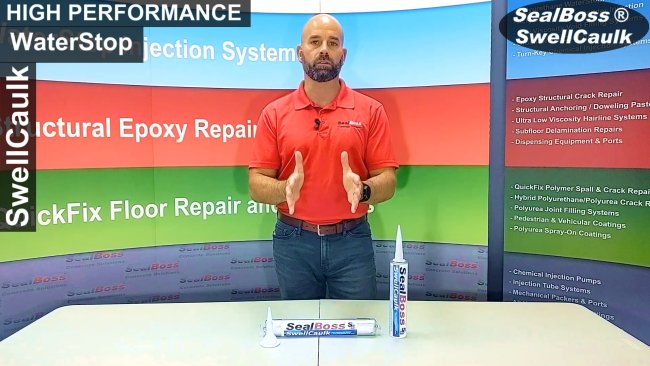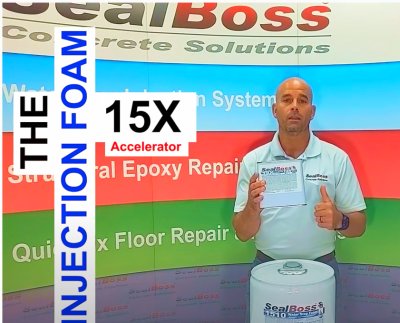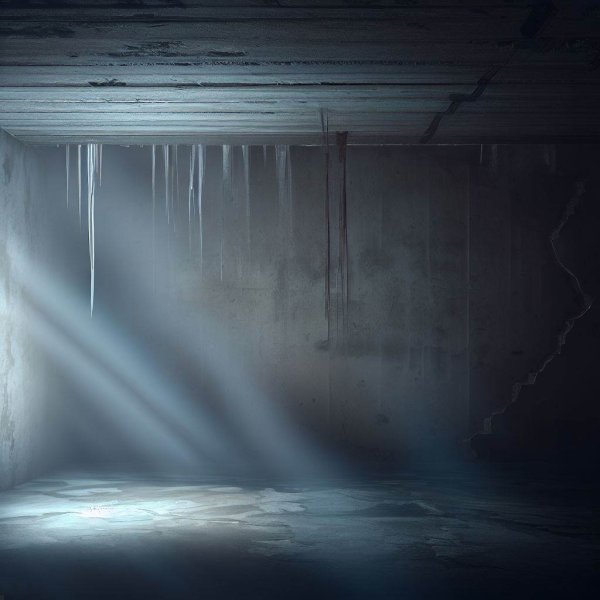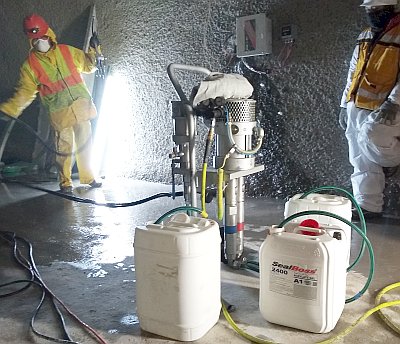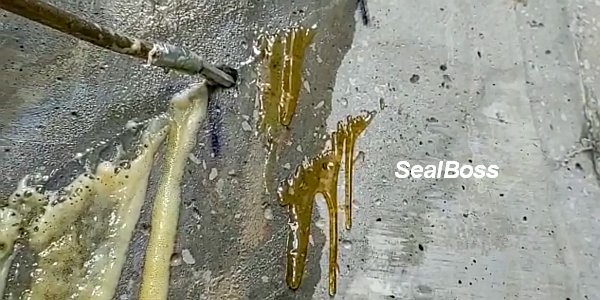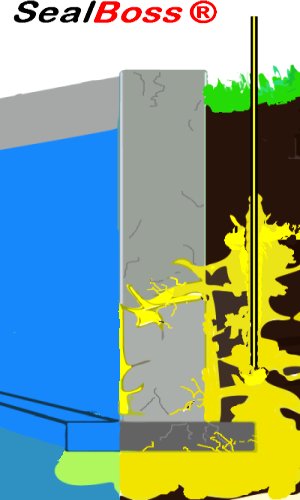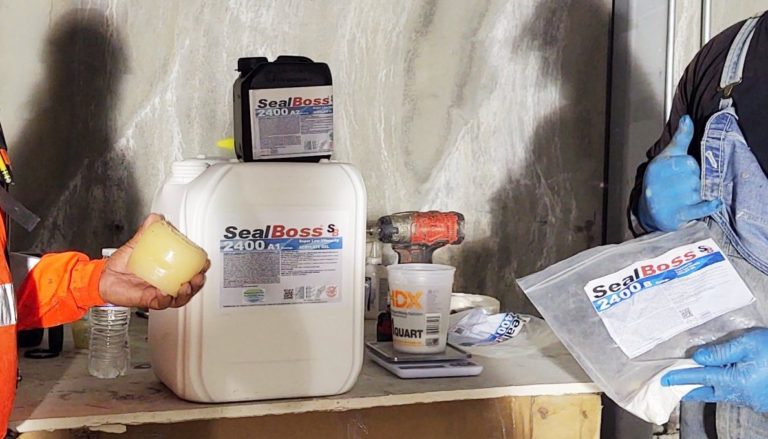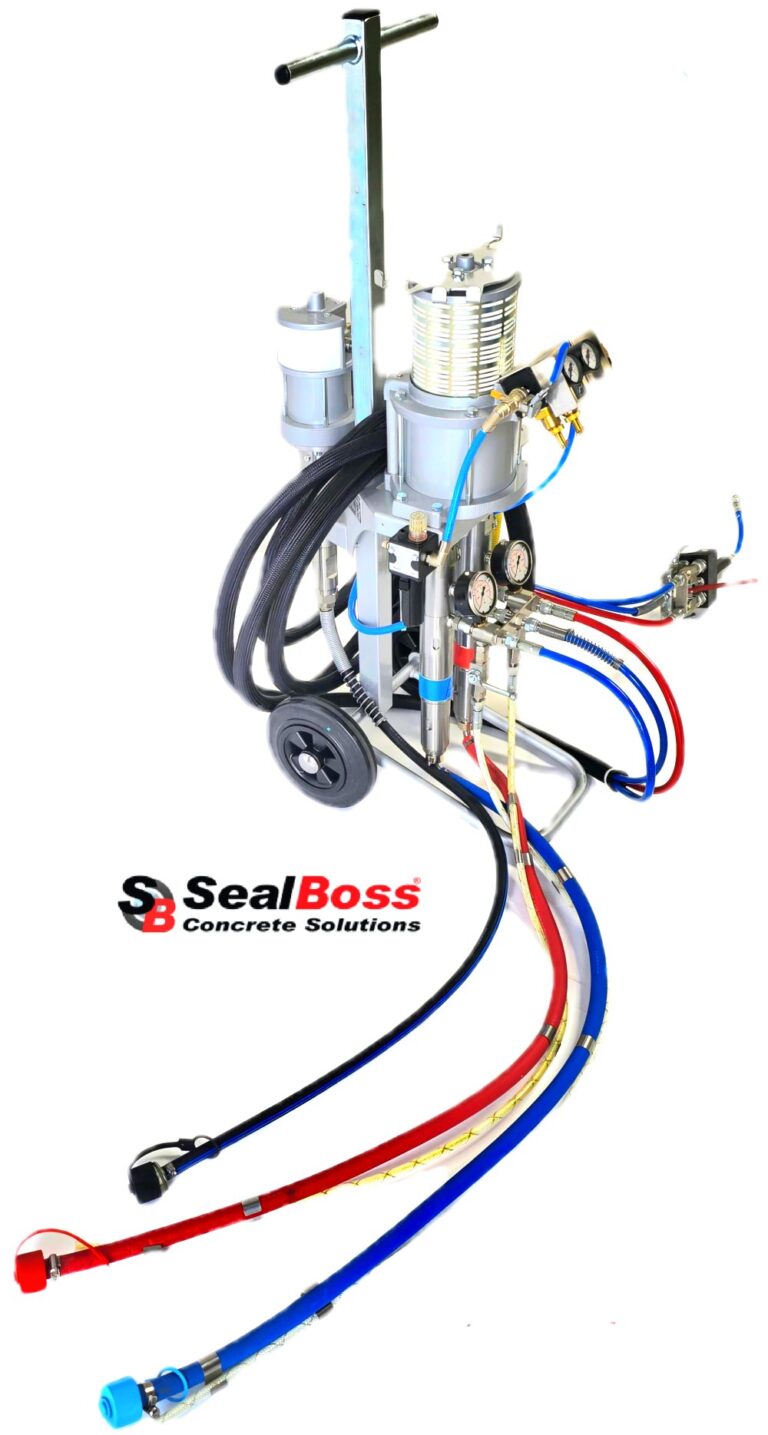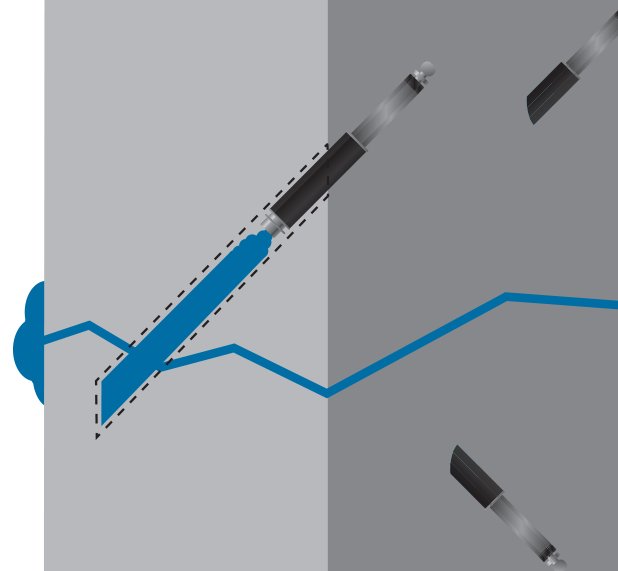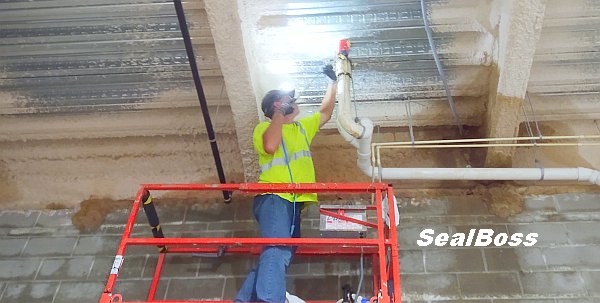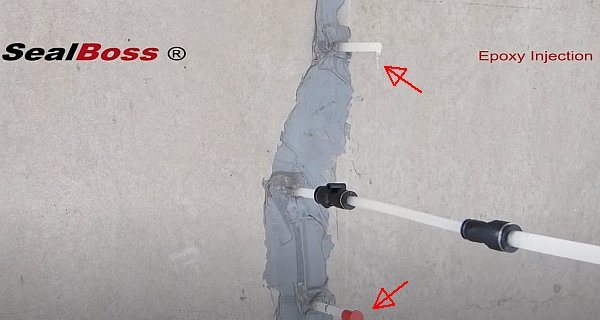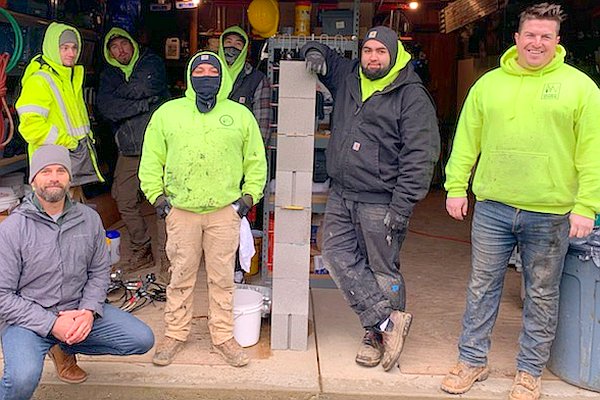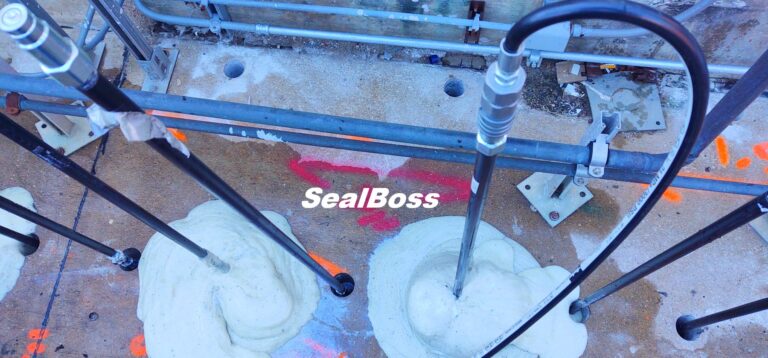Solid Ground, Even When It’s Cold Around: Expert Tips for Soil Stabilization in Cold Weather
As the cold season approaches and temperatures begin to plummet, the challenges of soil stabilization in cold weather become more pronounced.
However, with the right precautions and techniques, it is entirely possible to achieve effective soil stabilization even in low temperature conditions. In this article, we provide some essential tips and best practices for soil stabilization with SealBoss 1570 / 1570 during the colder months.
Avoid Working in Frozen Ground
The primary consideration when thinking about soil stabilization in cold weather is the state of the ground. If the water table is frozen, it is a clear indicator that the soil is too. Frozen soil lacks the permeability required for the effective penetration of polymer resin into the soil soil. Attempting stabilization on such ground would not only be ineffective but also a waste of valuable materials. In such scenarios, it is advisable to wait for more favorable conditions.
Condition Your Equipment and Materials for Soil Stabilization in Cold Weather
Cold weather can significantly affect the performance of your SealBoss soil stabilization materials and equipment. To ensure optimal results:
- Store in a Heated Environment: Materials and equipment should be stored in a heated environment overnight. For instance, SealBoss Polyurethane Grout should always be maintained above 60 degrees. Cold materials tend to react slower and increase in viscosity.
- Drums and Smaller Pails: Drum band heaters and heated drum mats are excellent tools to ensure your product remains at the optimal temperature during winter soil stabilization applications. However, always exercise caution to avoid overheating the polymers. For applicators working with smaller pails, it is advisable to keep both materials and equipment in a heated, insulated space until they are needed. Portable heaters can help sustain a warm atmosphere, ensuring the materials remain at optimal temperatures. Additionally, consider using electric pail heaters, which are specifically designed to keep resins at their ideal temperature for application.
- Speeding Up Reaction Time: In situations where the material reacts too slowly, incorporating a higher percentage of SealBoss 15X Accelerator can effectively accelerate the reaction time.
- Heated and Unheated Pumping Equipment: For those utilizing advanced heated equipment, it is common for the machinery to maintain a temperature that’s approximately 35-45 degrees above the ambient external temperature. Many of the more robust foam pumps come standard with built-in electric heaters. If your pump lacks this heating feature, investing in an electric radiator heater can be a wise choice.
Conclusion
Cold weather doesn’t have to halt your soil stabilization efforts. By ensuring the ground is not frozen and properly conditioning your materials and equipment, you can achieve successful soil stabilization even in cold conditions. If you have any queries or need further assistance, feel free to reach out to us at 714-662-4445.





























